Rising above the city of Drama to 1,956 metres, Mount Pangaion (also spelled Mt. Paggaio) dominates the northern Aegean coastline, its summit visible from vast stretches of the surrounding lowlands. Encircled by the fertile plains of the Strymonas and Xiropotamos Rivers, this massif stands as a striking geological and ecological landmark. Its diverse bedrock composition and contrasting slope aspects contribute to an exceptionally high level of biodiversity. Extensive forests cloak its flanks, where wolves and bears still roam, and where the flora and fauna resemble those of Central European woodlands, albeit with a distinct Balkan character. On its exposed subalpine grasslands, one encounters endemic plant species typical of the Rhodope Mountains, while the lower, sun-facing southern slopes support elements of Greek phrygana vegetation.
In the mid-elevation zones, Hungarian oak (Quercus frainetto) and sweet chestnut (Castanea sativa) forests predominate. These give way at higher altitudes to mixed beech–chestnut woods, and eventually to pure beech stands (Fagus sylvatica). Ascending the mountain feels like a botanical time-travel: as one gains altitude, the vegetation and phenology shift back a full season. Mount Pangaion holds deep historical and mythological significance. In antiquity, it was famed for its gold and silver mines, referenced frequently in both Greek and Latin sources. Its rich forests supplied timber for shipbuilding, and historians believe this was the site of the renowned oracle of Dionysus. First described by Herodotus, the sanctuary was located on Pangaion’s slopes and was associated with the Thracian "Satri" tribe. Second only to Delphi in renown, this sanctuary attracted figures such as Alexander the Great and Gaius Octavius – father of Augustus – who, according to legend, was told here that his son would rule the world.
Our treks on this wild and historical mountain include searching for rare wildflowers such as: Fritillaria drenovskii, Fritillaria pontica, Paeonia saueri, Saxifraga ferdinandi-coburgi, Crocus flavus, Iris reichenbachii, Asphodeline lutea and A. liburnica, Ophrys reincholdii, Himantoglossum jankae, Dactylorhiza saccifera, Epipactis exilis...and numerous other orchid species. The fauna here is equally remarkable: the Greek tortoise (Testudo graeca) and Hermann's tortoise (Testudo hermanni), the sheltopusik (Pseudopus apodus), as well as endemic freshwater fish and river crabs in its streams. The high-altitude avifauna is also of special interest to ornithologists. Mount Pangaion is a truly unique destination — botanically rich, faunistically diverse, steeped in history, and charged with ancient myth. It offers both scientific fascination and a deeply moving natural experience.
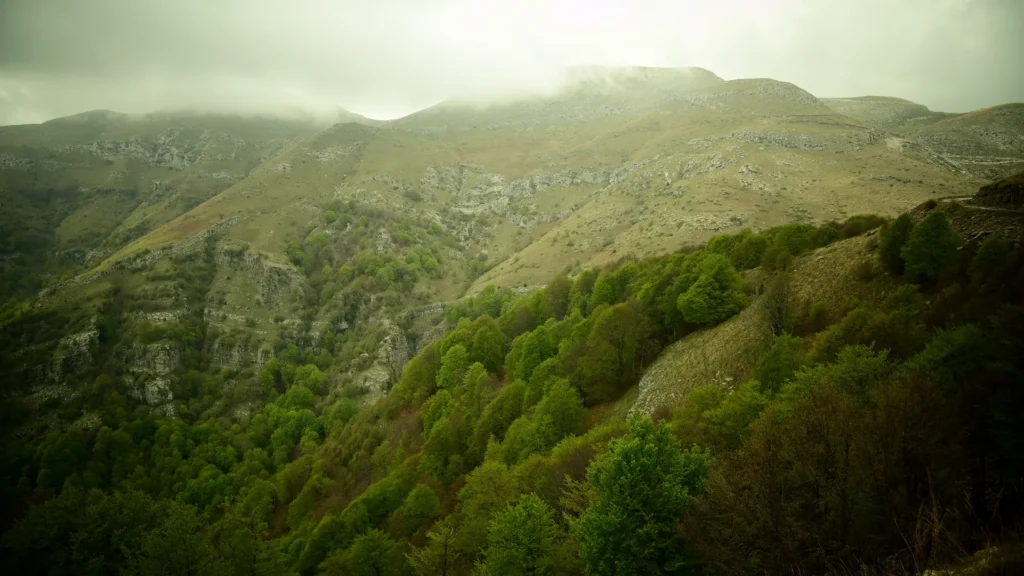
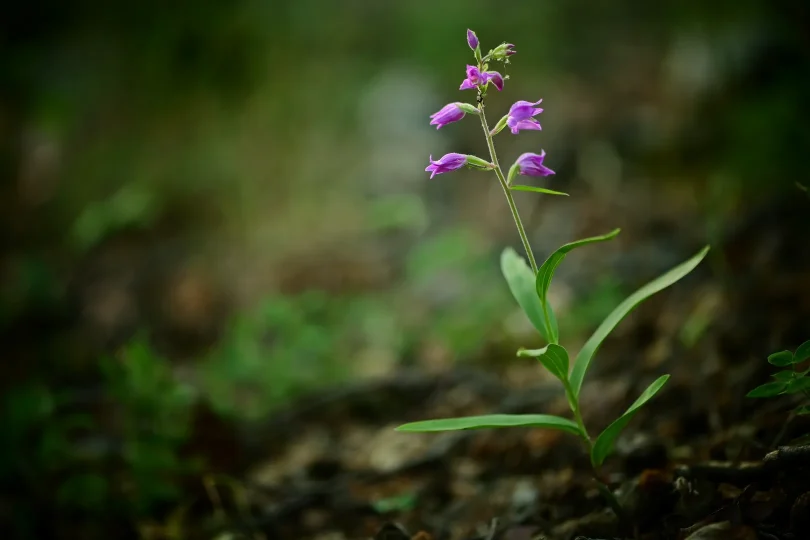
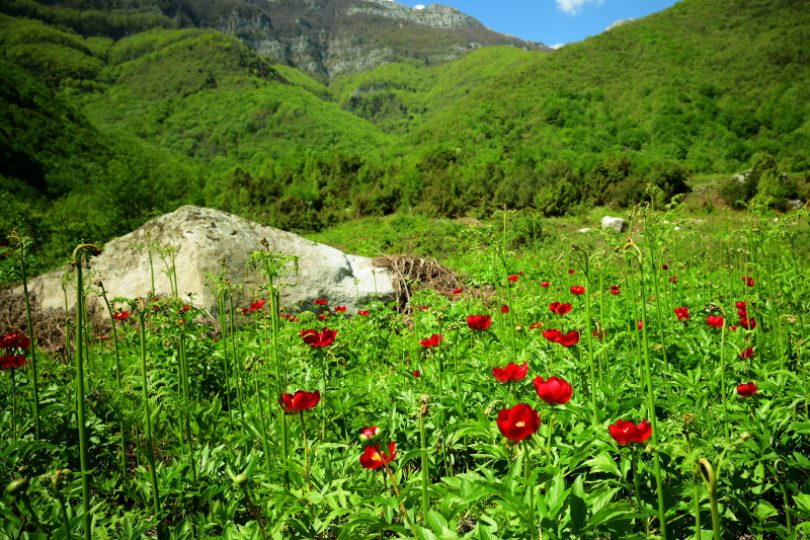
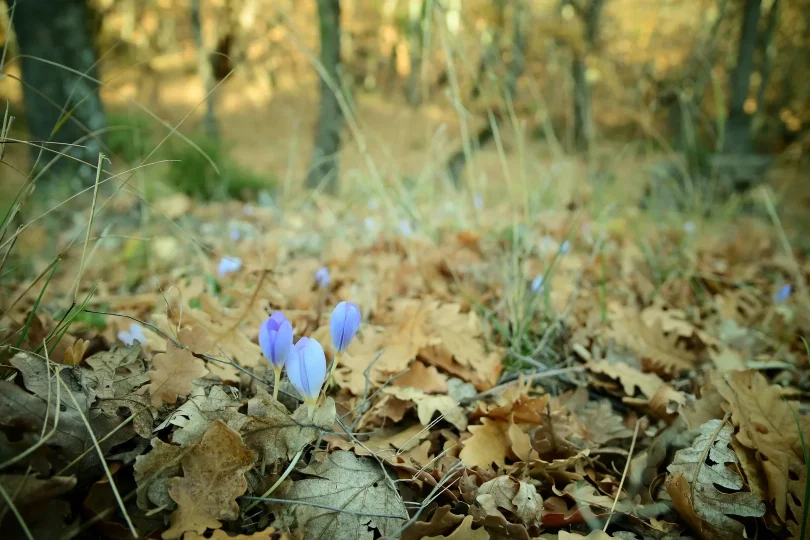

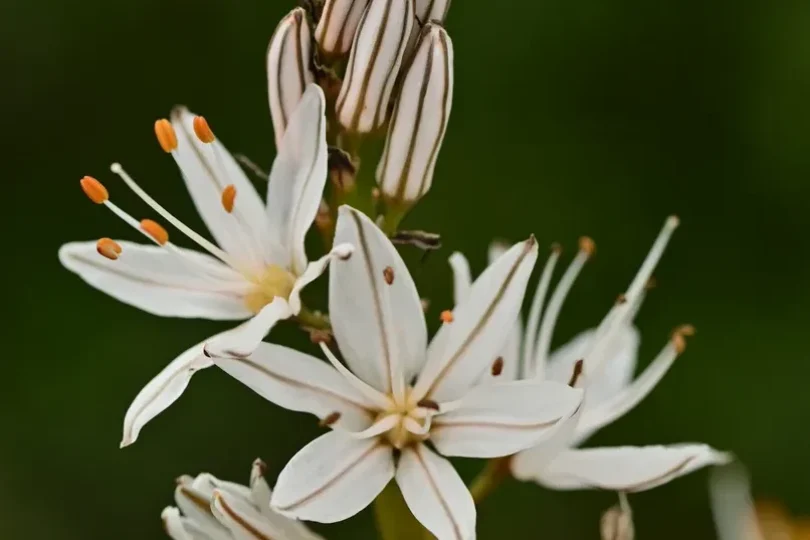
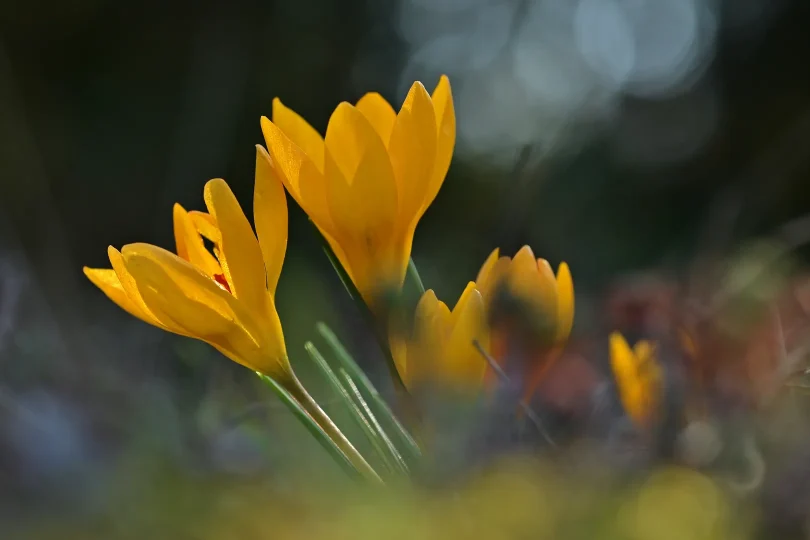
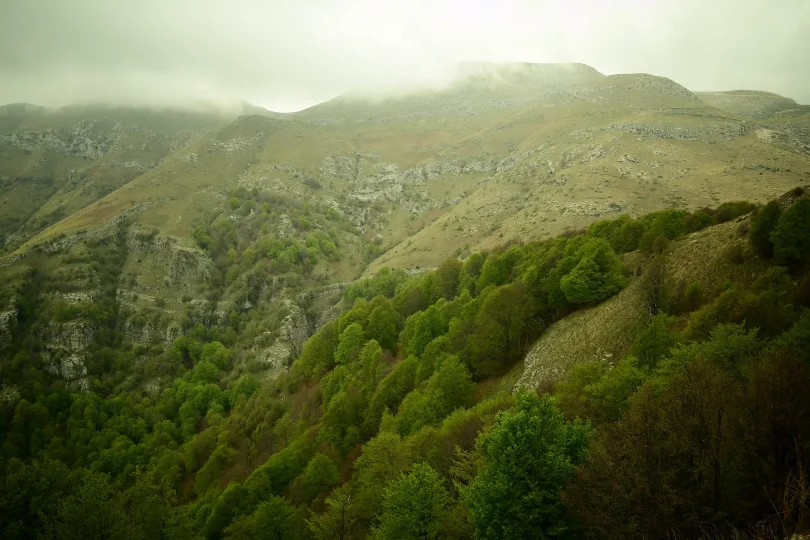
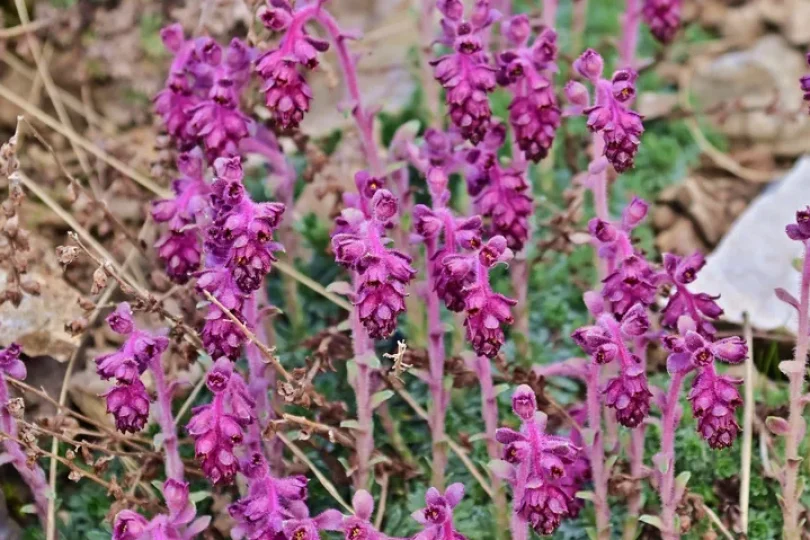
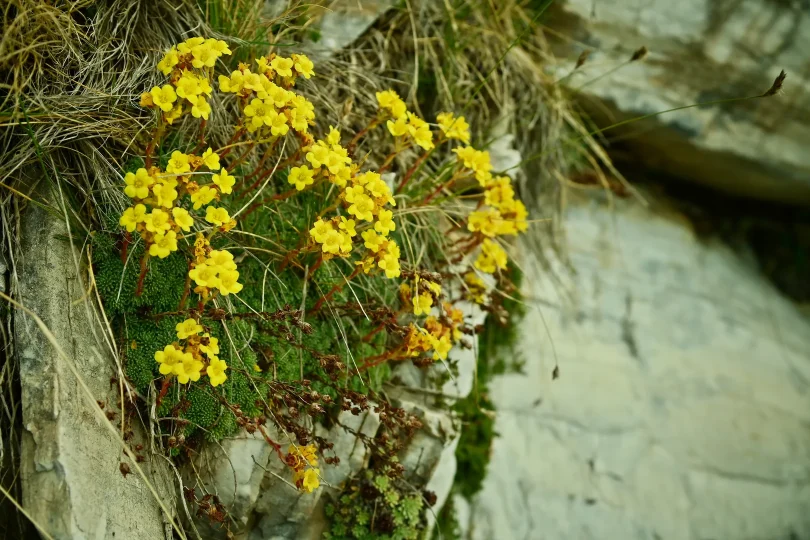
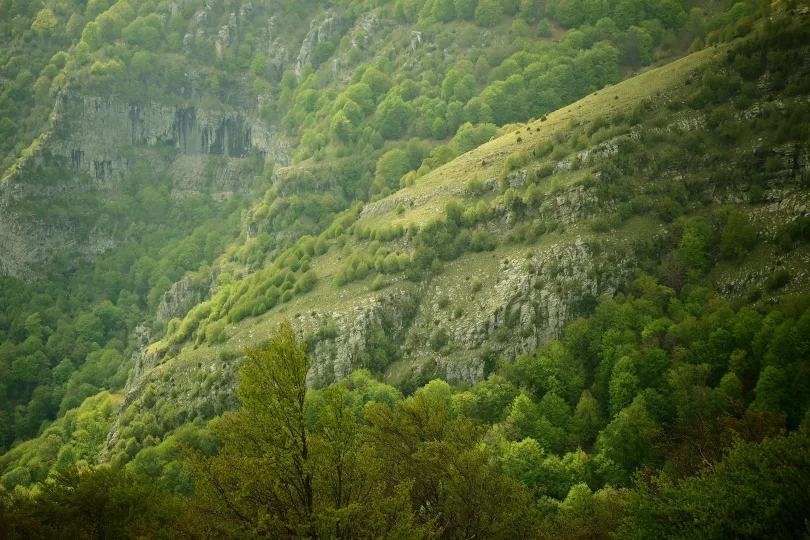
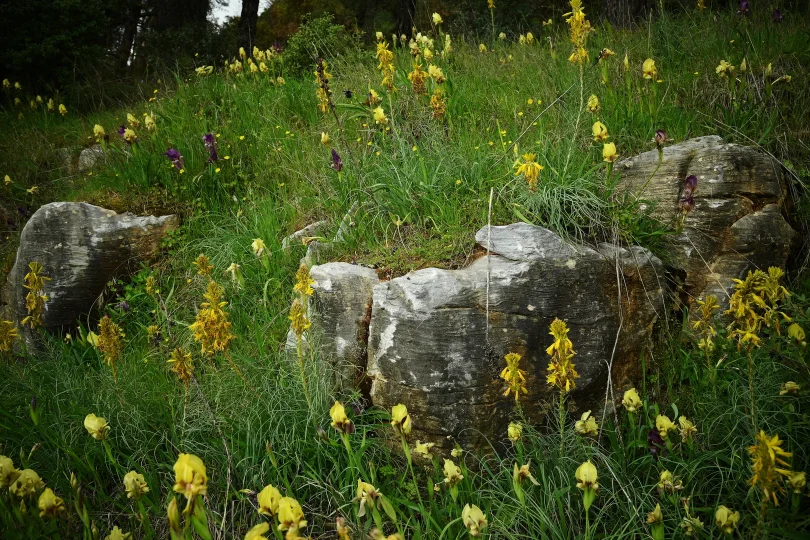



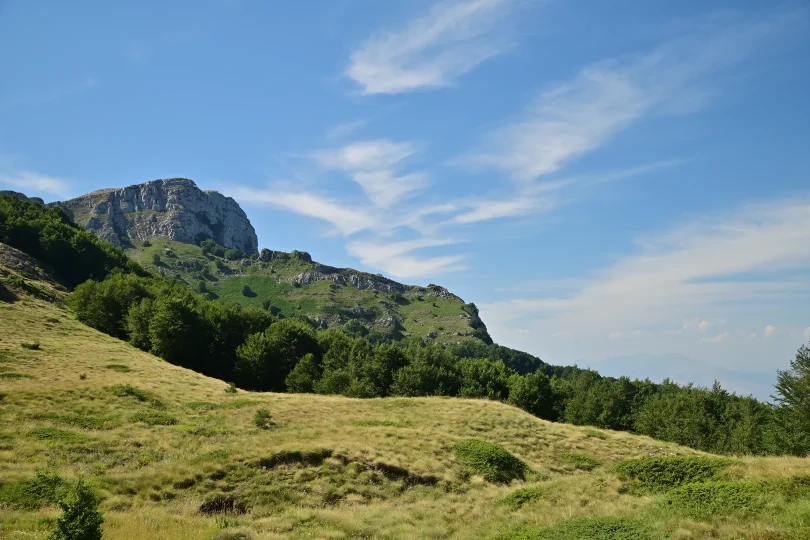
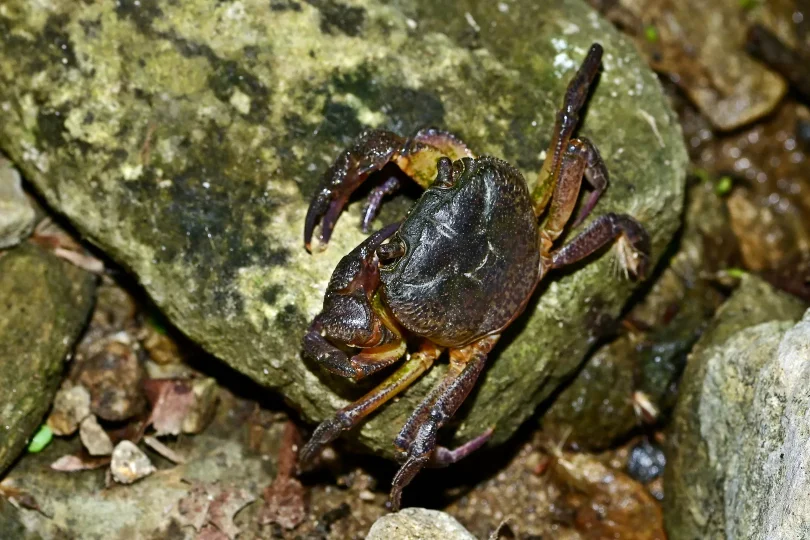

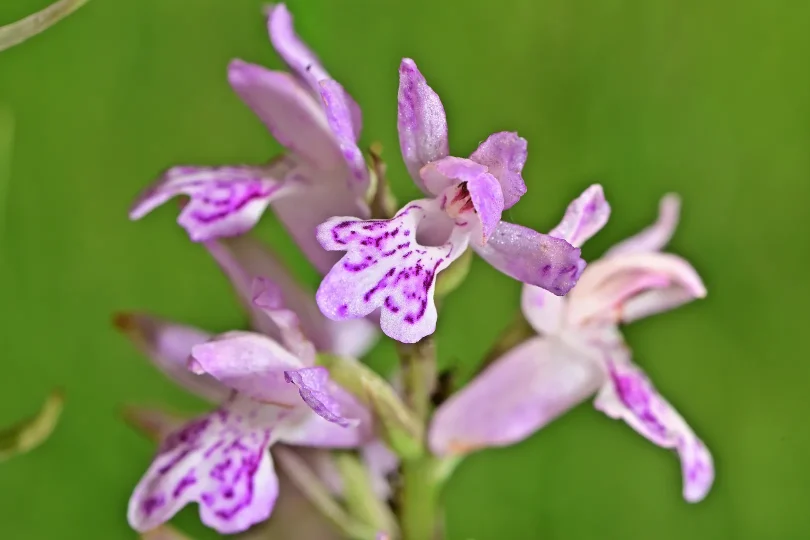
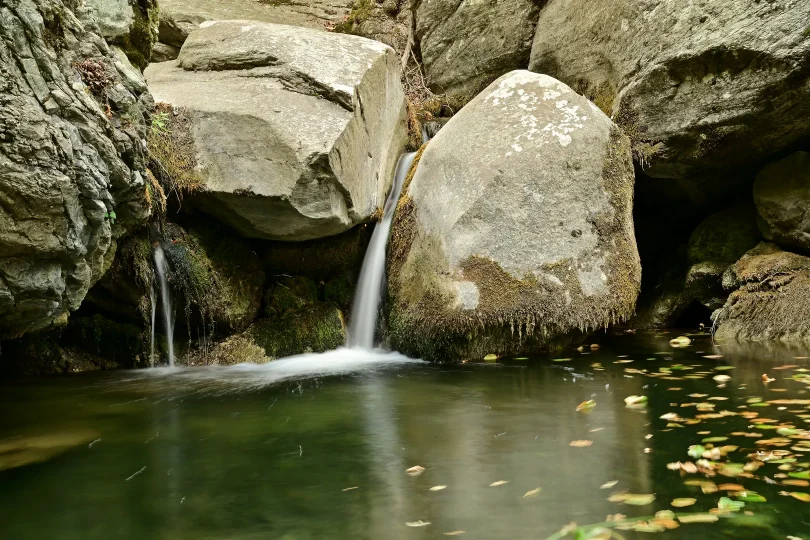
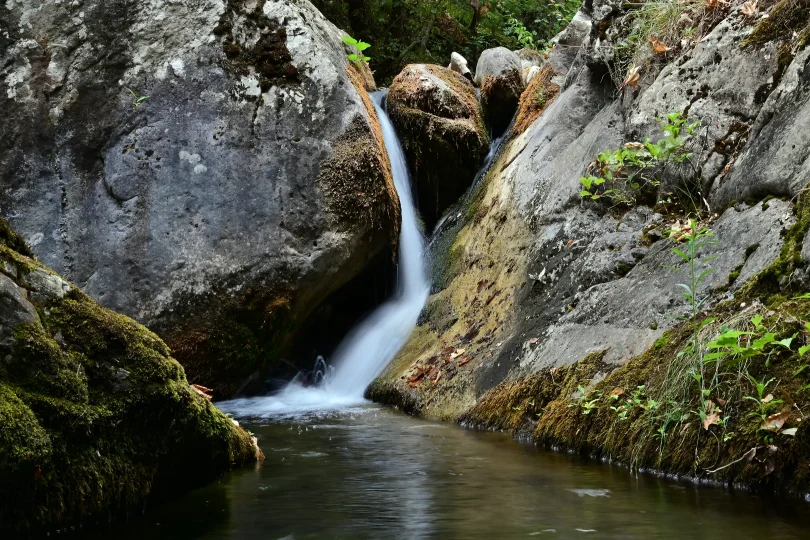
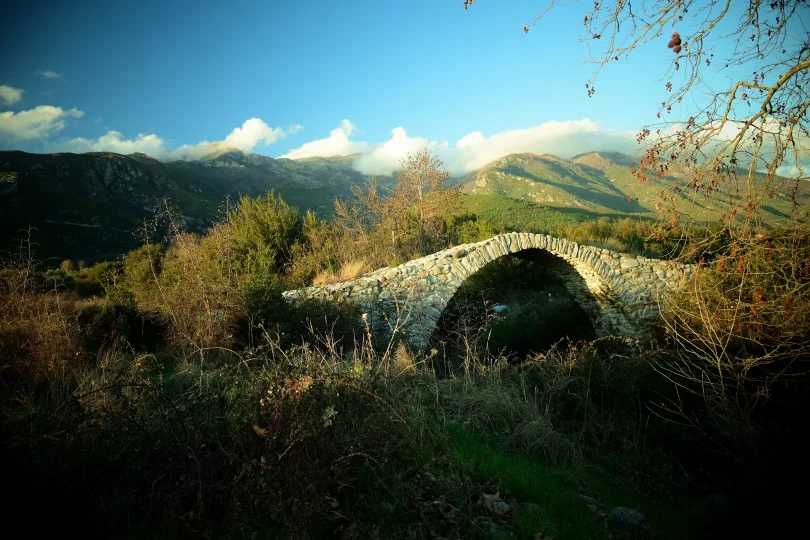
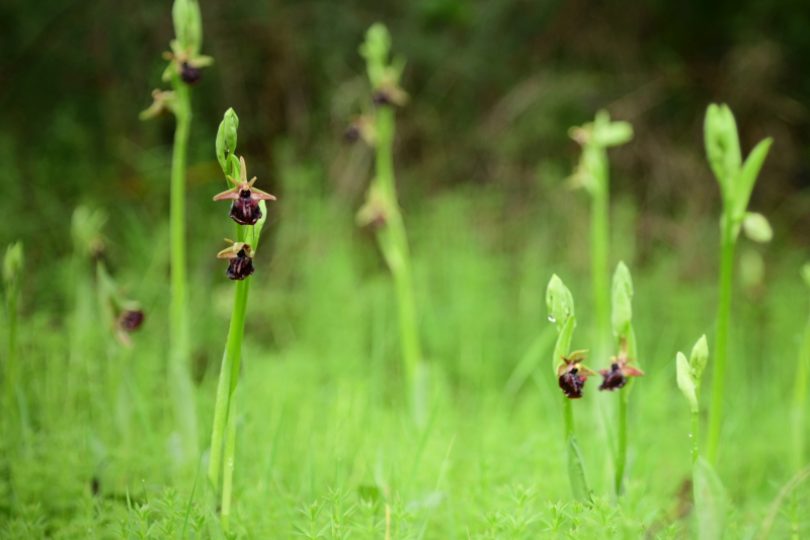

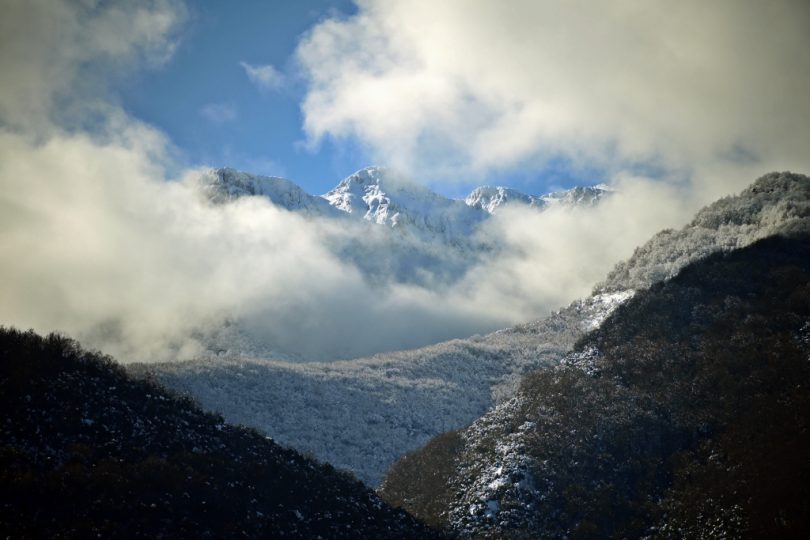
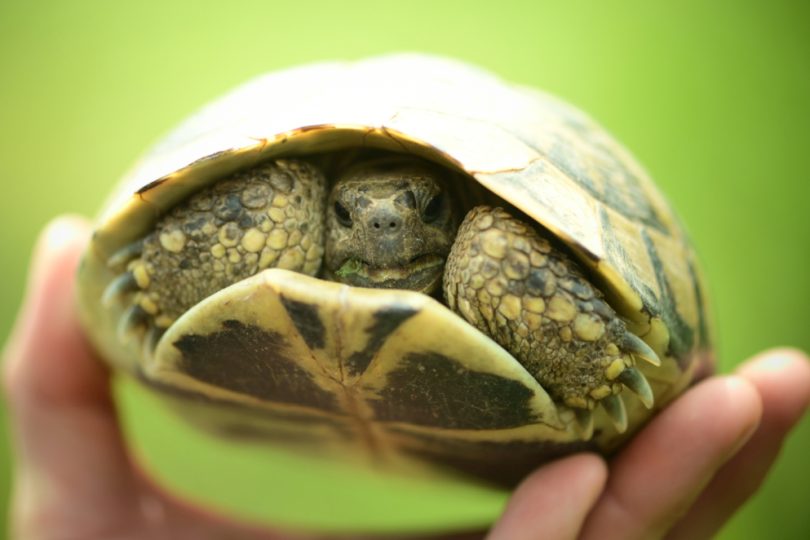
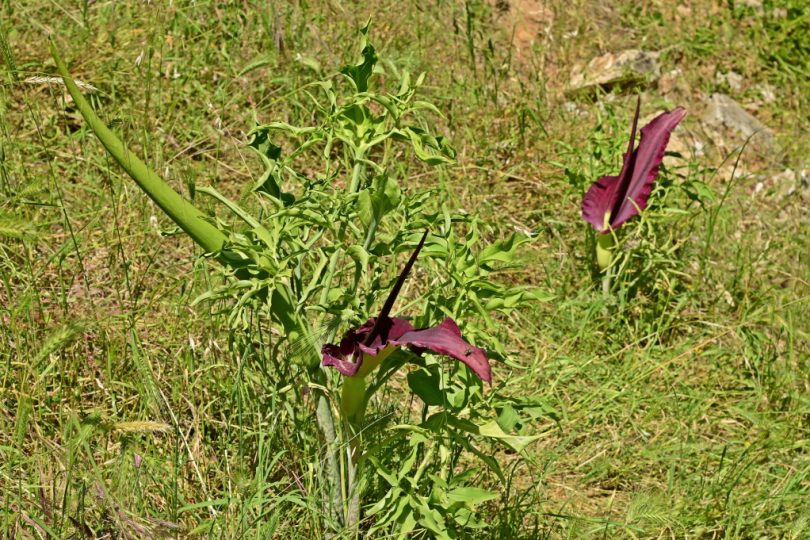
What Plants and Animals Can You See Here?
Birds
No bird species have been specified for this tour.
Plants
No plant species have been specified for this tour.
Hüllők
No reptile species have been specified for this tour.
